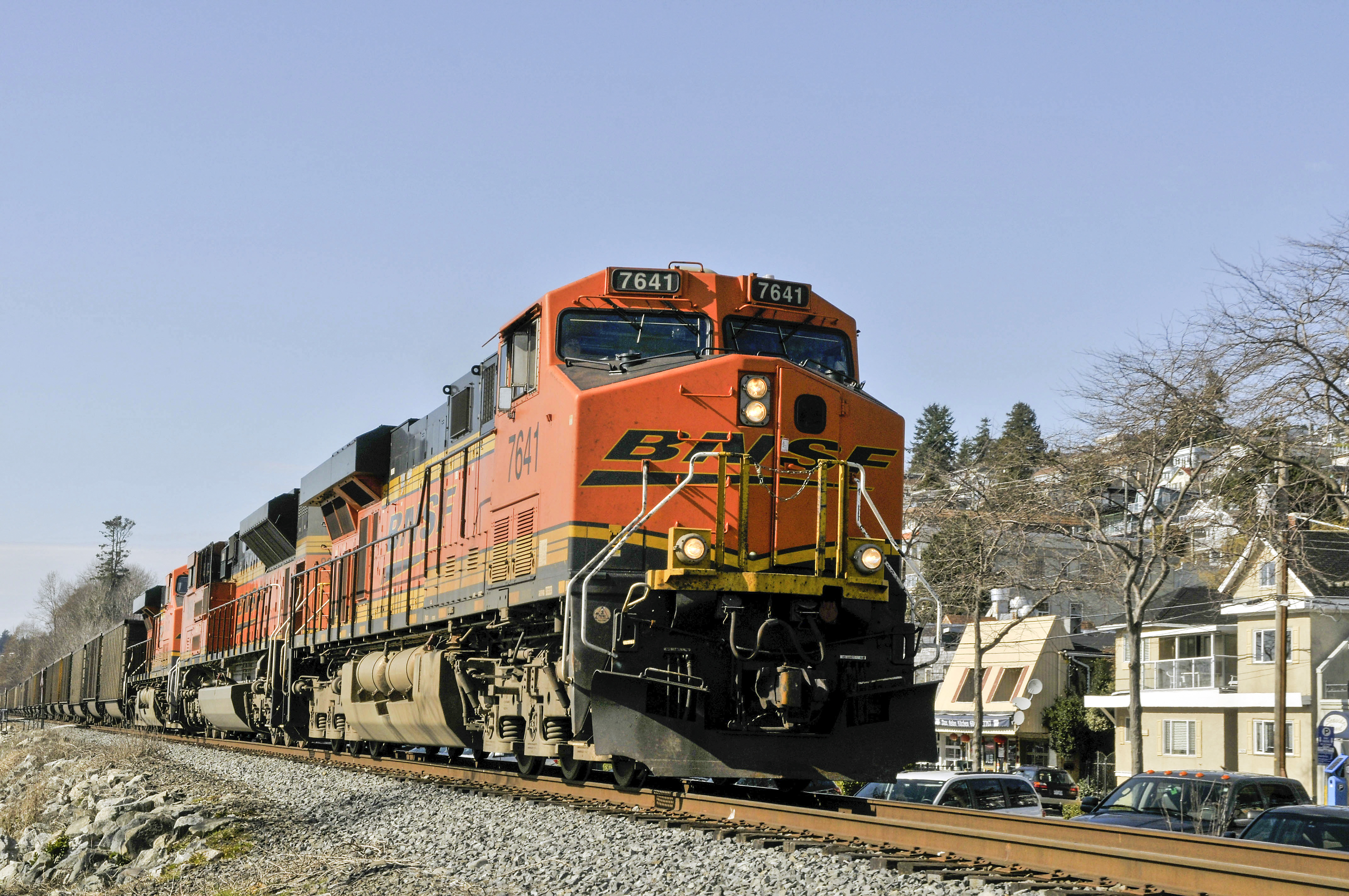Page added on September 30, 2014
Coal competing with oil and gas for space on rail

In 2010, Chuck West, manager of coal procurement for one of the country’s largest power generators, American Electric Power, rode a train down from the coal fields of Wyoming to Denver. Out the window, he took note of the many empty coal cars parked along the tracks.
Coal shipments have been on the decline since 2008 as low gas prices invigorated coal-to-gas switching at power plants. In 2008, coal reached a 20-year peak in railroad shipments. By 2013, it was at the lowest point during the same period of time.
Last winter, when AEP was getting low on its coal supply, Mr. West thought back to that trip. Unlike some other generators facing a coal shortage because they couldn’t get the fuel delivered in time, AEP squeaked by on its reserves.
“But it was a long three months,” he told a sympathetic crowd of coal producers and power company executives at Platts Coal Marketing Days conference in Pittsburgh last week.
“When we left all those locomotives parked all that time, they found something else to do.”
That something else is oil and gas.
Coal, which for the past several years has been facing stiff competition from shale in the power sector, is now having to elbow its way back into the railroad business where it has historically accounted for the largest chunk of tonnage and revenue.
Blame it on the polar vortex. The rail companies do.
The unusually frigid winter reversed the recent trend of falling coal demand as power plants rushed to restock inventories used during the cold spell. Rising natural gas prices this year once again made coal the lowest-cost fuel for many power plants.
At the same time, railroads struggled to keep pace, having committed more of their capacity to exponentially growing crude oil production, frack sand loads and a record grain crop in 2013.
Power plants that have long relied on rail capacity for their coal shipments are looking to diversify their transportation options.
“If you have a plant that’s captive to one single mode of transportation, it’s a good idea to look for others,” advised Tony Reed, coal and transportation procurement manager at Southern Co., at the coal event. “If that idea didn’t make sense in the past, time to dust if off.”
David Owens, vice president of coal and gas services with the Tennessee Valley Authority, said his company is looking at having some coal delivered by truck as a hedge against rail.
If nothing else, the railroad troubles are good news for barge companies, such as Campbell Transportation Co. Inc.
The Houston, Pa.-based firm has completely filled all of its barges this fall, whereas many sat empty at this time last year after FirstEnergy Corp. closed its Hatfield Ferry coal-fired power station. Now, Campbell is picking up the slack on coal and, for the first time, is shipping grain.
But the plentiful oil and gas bounty isn’t far behind for Campbell. The company is looking into ways it too can transport materials like crude oil, natural gas byproducts and associated chemicals.
While grain producers have publicly accused railroads of showing preference for one type of commodity — namely oil and frack sand — over their own, coal producers haven’t said as much out loud.
Coal revenue on a ton-mile basis is far below that of other commodities. According to data from the Association of American Railroads, coal made up about 40 percent of the tonnage hauled by large railroads in 2013, but only 20 percent of the revenue.
For perspective, crude petroleum was still just a sliver, at 2.2 percent of the weight and 3 percent of revenue. But that share is growing.
The question that railroads are struggling with today is whether the coal decline has hit its bottom.
At Norfolk Southern, coal made up 84 percent of the revenue from the company’s energy portfolio in 2010. By the first half of this year, it was down to 64 percent, with crude oil, natural gas liquids and materials needed for the development of the Marcellus and Utica shale plays picking up the slack.
CSX president and CEO Michael Ward wrote in a letter to the Surface Transportation Board earlier this month that his company was scrambling to deal with the harsh winter’s impact on coal demand.
“Following three years of transition in the domestic coal market, the extreme winter conditions forced utilities to draw down their coal inventories, revitalizing the domestic coal market in the first half of the year,” he wrote.
Domestic coal shipments grew 7 percent in the first quarter and 15 percent in the second.
“CSX expects growth to continue in the double-digit range,” Mr. Ward said.
As a result, the Florida-based railroad pulled about 5,000 rail cars out of storage and is buying new engines and locomotives, while rehabilitating old coal gondolas for service.
But coal will again have to share the stage, and the capital investment, with oil and gas where “further growth is expected as the economics of hydraulic fracturing continue to support expansion,” Mr. Ward said.
3 Comments on "Coal competing with oil and gas for space on rail"


rockman on Tue, 30th Sep 2014 7:04 am
It would appear that those folks claiming coal was dead didn’t take into account how much utilities were drawing from onsite reserves. Thus the decline in coal production wasn’t entirely a decline in usage. An easy way for a utility to boost profits, like any other business: live off accumulated inventory and thus decrease outgoing cash flow. Works well…until you run out of inventory. Unfortunately for the utilities the time to replenish stocks comes at a time when competition for shipping is booming thanks to both the oil via rail component as well as a bumper crop of grains that also need to be transported. And winter is starting to knock on the door.
Davy on Tue, 30th Sep 2014 8:05 am
Well put Rock!
Kenz300 on Tue, 30th Sep 2014 11:29 am
Wind and solar power plants need no monthly fuel deliveries………
Wind and solar power plants do not rely on railroads for their energy supplies……….
Hhhhhhhmmmmmmmm……